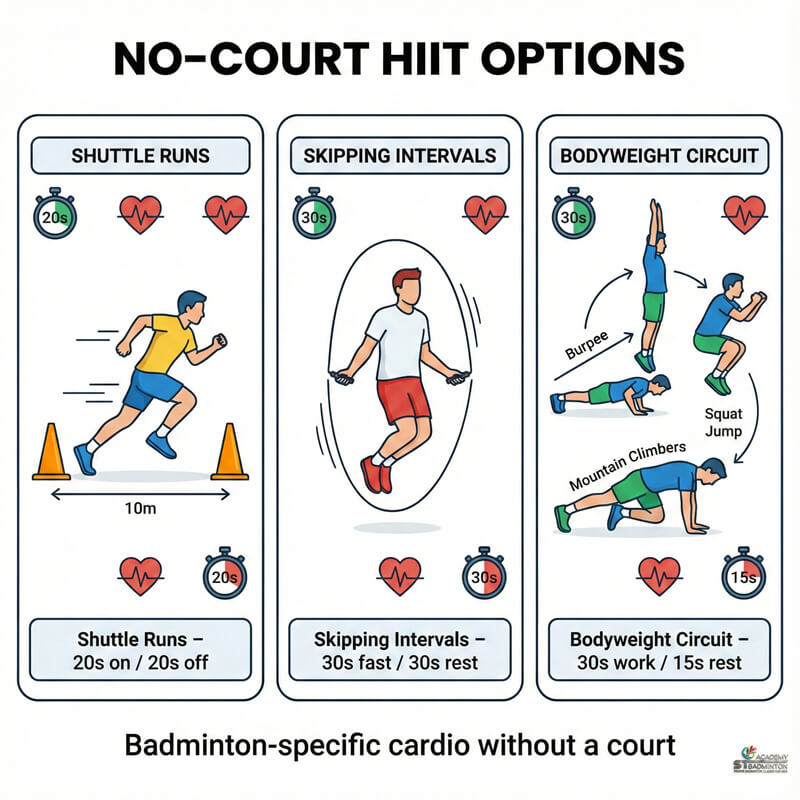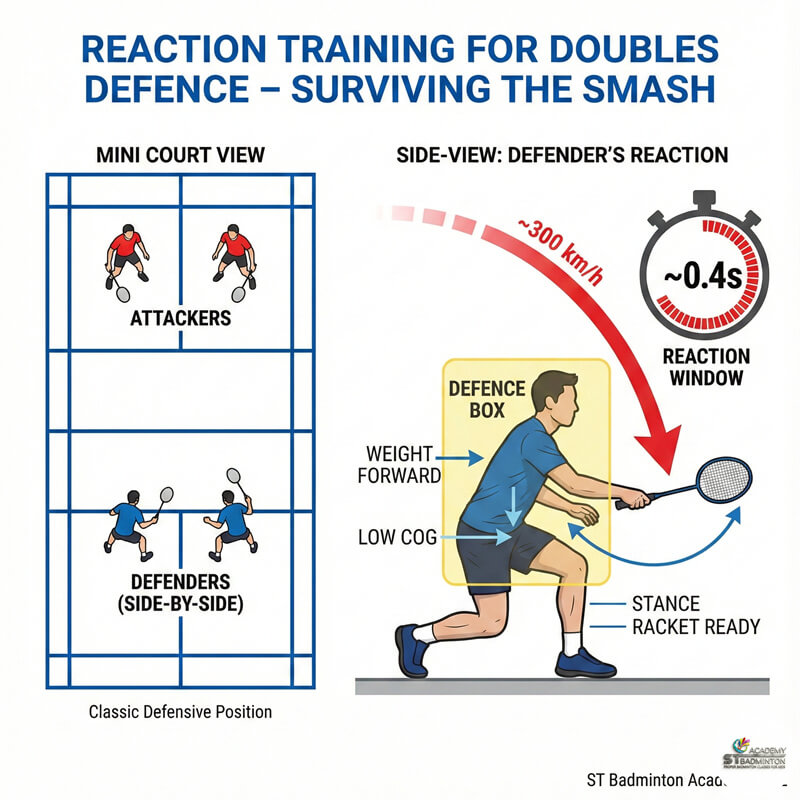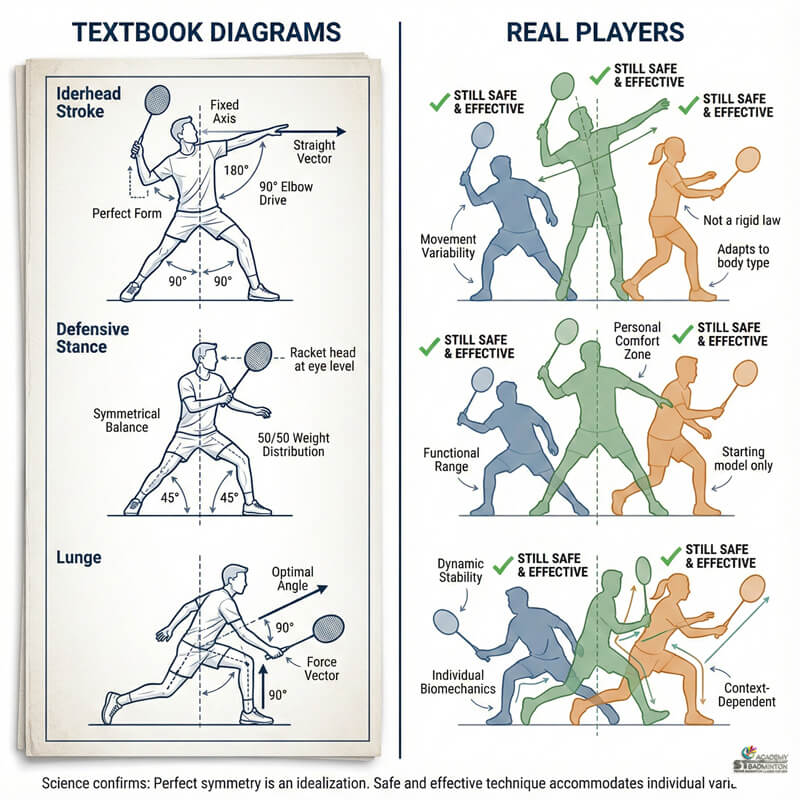Welcome to ST Badminton Academy’s badminton training in Malaysia! Planning a successful and effective training session can feel daunting. But don’t worry – with the right tips in your back pocket, you’ll be able to create an awesome plan that will help your players reach their goals. In this article, I’m going to share my best advice for crafting an effective badminton training session plan that works. From setting clear objectives to understanding the factors at play, these tips will ensure your sessions are productive and impactful. Let’s get started!
Establish Clear Goals
When planning a badminton training session, it’s important to establish clear goals. I need to analyze my players’ current performance and track their progress over time in order to identify areas of improvement. A great way to do this is by setting short-term objectives that can be monitored and evaluated throughout the course of each practice or game. This will help ensure that everyone involved is focused on achieving the desired results while also providing an opportunity for players to measure their own success rate.
By closely analyzing individual performance within a team context, I’m able to recognize where improvements can be made and develop strategies accordingly. It allows me to create tailored plans which address specific needs and set realistic expectations for progress in both individuals and teams. Through tracking performance data over time, I’m better equipped to make informed decisions about how best to move forwards with our program.
Using these methods, I am able to devise efficient practices that yield tangible results without compromising player development. To get the most out of our sessions we must stay organized, maintain focus and keep up with the latest trends in order to remain competitive at all times.
With adequate preparation and strong communication between coaches, players, and parents, there’s no limit as to what we can achieve together! Analyze your players carefully so you can effectively plan the next steps in their journey toward becoming champion badminton players!
Analyze Your Players
Once you have a set of clear goals in place for your badminton training session, it’s time to analyze your players. This includes assessing their skills and tracking their progress as they move through the program.
A good way to start is to create individual profiles for each player so that you can keep track of their development over time. You’ll need to make sure that all necessary information is collected including age, gender, experience level, current skill level, and any other pertinent data points.
Once the initial assessment has been made, it will be important to continually monitor each participant’s progress throughout the duration of the training session. By paying attention to how each person responds and adapts during drills and exercises, you will quickly gain an understanding of what works best for them as well as areas where further improvement may be needed.
If possible, try to include some type of performance-based evaluation system such as scorekeeping or timed challenges so that everyone can compare themselves against one another in a fair manner.
Now that you’ve assessed your players’ skills and tracked their progress, it’s time to develop a session schedule that outlines specific activities geared toward achieving specific objectives. Make sure there is enough variety included within each day’s plan so that participants don’t get bored while still providing adequate practice opportunities; this could involve mixing up different drills with more advanced techniques depending on the group’s skill set levels. Additionally, factor in regular breaks throughout the day so everyone has an opportunity to rest and refuel before continuing on with the next activity.
Develop A Session Schedule
I’m going to structure my session schedule in a way that ensures I get the most out of every training. First, it’s important to plan a warm-up routine that gets me and my teammates ready for the drills ahead. This should include some light jogging, dynamic stretches as well as agility and speed exercises.
Next, when designing effective drills, I’ll try to keep up a good pace while ensuring everyone is following through with proper technique. It’s also essential to incorporate short recovery breaks between sets to make sure we’re all feeling refreshed and motivated before continuing on. Here are four tips for structuring an efficient badminton training session:
Certainly! Here’s the information organized into a table format:
| Efficient Training Session Structure Tips | Description |
|---|---|
| Establish Clear Timelines | Establish a clear timeline for each drill or activity so you can ensure your team remains focused throughout the day. Having a structured schedule helps maintain discipline and ensures that each aspect of the training session is given adequate attention. |
| Define Specific Goals for Each Exercise | Make sure each exercise has specific goals within it – this will help track progress over time and motivate players by showing them how far they’ve come from their original starting point. Clearly defined goals also provide a sense of purpose, making the training session more effective and engaging. |
| Include Appropriate Rest Periods | Set appropriate rest periods between activities so everyone can remain alert and energized throughout the practice session. Strategic rest intervals allow for recovery, preventing fatigue and maintaining the overall intensity and quality of the training session. |
| Adjust Intensity Based on Skill Levels | Keep an eye on skill level differences amongst players – adjust the intensity accordingly to create a safe learning environment where everyone feels comfortable pushing themselves beyond their current boundaries without fear of injury or exhaustion. Recognizing individual capabilities ensures a productive and injury-free training session. |
By taking these steps into consideration when planning out sessions, I can maximize the output of our practices and ensure that both myself and my teammates have fun while improving our game at the same time! To design effective drills, I need to think about what areas need improvement and plan exercises around those needs specifically – but more on that later…
Design Effective Drills
Now that you have a session schedule in place, it’s time to design effective drills. To do this, we must understand the structure of a drill and the different types of practice available. A well-designed badminton training drill should be both fun and challenging for all players involved.
Like any recipe, there are several ingredients needed to make an effective badminton training drill: structure, skill level and intensity. Let’s break each one down so you can create your own unique drills!
| Structure | Skill Level | Intensity |
|---|---|---|
| Drills Based on Rules & Regulations of Badminton | Appropriate Difficulty for Players Involved | Active Engagement from All Participants |
The first ingredient is structure – drills based on the rules and regulations of badminton. This includes focusing on important aspects such as footwork, rallies, or specific shots like drop shots or smashes. The second ingredient is skill level – making sure the difficulty matches each player’s ability. Finally, active engagement from participants ensures intensity which keeps everyone engaged throughout the entire session. With these three ingredients combined into every drill you design, your players will be ready for anything!
Incorporate Variety
I’m always on the lookout for ways to make my badminton training sessions more effective. Variety is key – introducing different drills and exercises keeps everyone engaged and allows you to focus on different skills each session. Here are a few tips I use when planning:
| Training Session Planning Tips | Description |
|---|---|
| Adapting Drills for Progression | Adapting drills – As your players improve, adapt the drills to challenge them further and keep things interesting. Make sure they know what their goal is so that they understand why you’re doing certain exercises. |
| Focusing Intensity on Game Simulation | Focusing intensity – Badminton requires full-body movement and agility, so it’s important that you choose drills that best simulate game situations. This will help build endurance as well as helping your players develop speed and accuracy during matches. |
| Tracking Individual Progress | Keeping track of progress – Monitor how far each player has come in terms of technique or skill level since the start of your training program; this helps ensure each drill is tailored specifically to their needs. You can also track individual improvement over time by noting down successes after each practice session. |
By incorporating variety into my badminton training sessions, I am able to create an engaging environment while ensuring players reach their goals quickly and efficiently. To take it one step further, monitoring progress regularly enables me to optimally customize drills according to individual abilities.
Monitor Progress
Monitoring progress is an essential part of any successful badminton training session planning. It’s like a coach keeping track of the score during a match; you need to keep tabs on both successes and mistakes in order to stay ahead.
Take, for example, a team I recently worked with that had been struggling to make it past their opponents’ defense. After reviewing our game footage and tracking each player’s success rate, we identified some weaknesses that needed targeted practice sessions. We ended up making huge strides by focusing on skills such as footwork and shot placement rather than just hitting more smashes.
By acknowledging these areas for improvement, we were able to quickly identify what was working best for the team and hone in on those strategies while still being mindful of the mistakes they made.
This way, everyone could continue playing at their peak performance without having to start from scratch every time something went wrong. In this way, monitoring progress is key to developing an effective badminton training plan that can lead your team toward victory!
Provide Feedback
Now that you’ve monitored your players’ progress, it’s time to provide feedback. Feedback is essential for helping them grow as athletes and will help both of you stay on track with the training goals set out in the beginning.
To gather feedback, make sure to ask questions during or after each drill or game. Inviting input from your players gives them an opportunity to express their thoughts, concerns, and successes which helps create a positive atmosphere. Asking questions like “What did we do well?” and “How can we improve next time?” are great ways to get started.
It’s also important to give constructive criticism so they know what areas need more work. Make sure to always follow up any critiques with encouragement such as “You played really well overall but if you focus on these few points you will become even better!” This will ensure that everyone stays motivated and engaged throughout the session.
It’s key that badminton sessions should be fun for all involved – this includes yourself too! Challenge yourself as a coach by coming up with new drills and games which push your players beyond their comfort zone while still providing enough support along the way. When introducing something new, remember to start small before moving on to bigger tasks; use creative language when explaining rules; vary drills often; don’t forget praise; challenge those who want it but let others play at their own pace; and most importantly keep smiling!
Make It Fun!
I believe that the best way to plan an effective badminton training session is to make it fun! When planning a session, I like to think of ways to incorporate drills and exercises that are both challenging and engaging. It’s important for me as a coach to motivate my players during practice so they can learn new skills in a positive environment.
This means creating activities that require more than just physical effort – games such as Badminton Bingo or Footwork Frenzy will engage players and help them work on their mental agility too.
During practice sessions, I also ensure there is enough variation between different activities. For example, if we’re doing footwork drills then we’ll take regular breaks with calisthenics or stretching exercises. Keeping things varied helps maintain interest levels while still allowing us to develop our skillset together.
My ultimate goal when designing a training session is always player enjoyment and satisfaction. Creating lively experiences where everybody has something to contribute goes a long way toward achieving this goal and ensures everyone leaves happy! From incorporating creative warm-ups to making sure each individual gets personalized feedback at the end of the day, there are plenty of techniques available for coaches looking to give their players an enjoyable yet productive experience.
Frequently Asked Questions

How Long Should A Badminton Training Session Last?
A badminton training session should be a marathon, not a sprint! With technique focus and safety precautions as the main priorities, it’s important to plan for an adequate amount of time. Depending on your goals, I suggest planning each session to last between 60-90 minutes; that way you’ll have plenty of time to work on all areas of the game without feeling rushed or overwhelmed.
What Type Of Equipment Do I Need For A Badminton Training Session?
When planning your badminton training session, it’s important to make sure you have the right equipment. Safety precautions should always be taken into account when sourcing any gear for a group drill, so make sure that all of the equipment is in good condition and doesn’t pose any risks before getting started. Other than choosing a good racket and also remember to choose the best racket restring in Malaysia.
Badminton rackets with sturdy strings are essential, as are quality shuttlecocks that don’t break easily. If possible, try to provide each player with their own racket and allow them to use their own choice of grip tape too. Courtside accessories like chalk or floor-marking tapes will also help keep everyone organized during your session!
How Often Should I Train For Badminton?
When it comes to training for badminton, setting goals and having a plan is key! It’s important that you train regularly in order to stay on top of your game. Depending on the level of competition, I’d suggest at least two or three sessions per week with pre-warmup exercises included in each session. This will help you maintain proper form and technique as well as allow you to identify areas where you need additional work.
What Are The Best Drills For A Beginner Badminton Player?
If you’re a beginner badminton player, the best drills to get started with are footwork drills and fitness exercises. You can practice your footwork by setting up cones around the court and running through them in different directions as quickly as possible. For fitness exercises, jumping rope is great for improving agility and endurance – just make sure that you stay light on your feet! Remember to always warm up before starting any drill or exercise so that you don’t strain yourself too much.
How Can I Make Badminton Training More Enjoyable?
If you’re looking for ways to make badminton training more enjoyable, start by incorporating some simple stretching techniques. This will help loosen up your muscles and get you in the right mental state for a successful session. You should also take time for proper mental preparation – try visualizing yourself winning games or playing with perfect technique. Doing this can increase motivation and keep players focused during practice sessions. By doing these two things, you’ll be able to create an atmosphere that is both fun and productive!
Learn Professional Badminton Training Session in Malaysia
Badminton is a great way to stay active and have fun. The key to successful badminton training session planning lies in understanding the needs of your players, having effective drills that target those areas, and making sure everyone has an enjoyable experience. As you plan each practice, remember that badminton is more than just swinging a racquet; it’s about forming lasting bonds with teammates through competition and camaraderie.
A strong support system will help any player reach their peak performance level and make every practice session memorable. With the right attitude, the sky’s the limit for what can be achieved.





